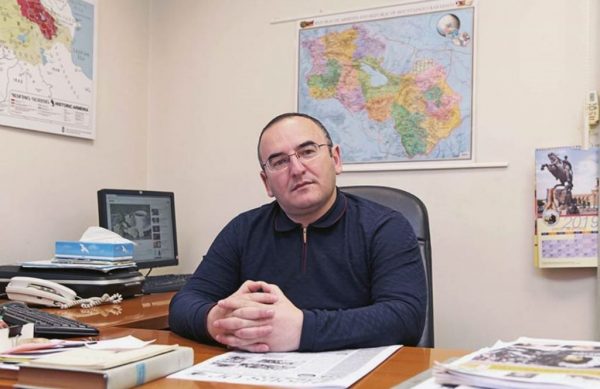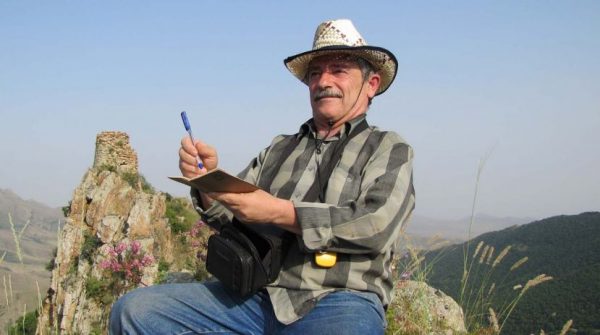The historical environment of the vicinity of Stepanakert
The rich, historical and cultural environment of Stepanakert. The fact that there was life in the vicinity of Stepanakert, Armenians lived here much earlier, according to archeological materials, source data, the rich historical and cultural environment that still exists. Unfortunately, the vicinity of Stepanakert is very little studied. In 2012, 1.6 km north-west of Stepanakert, the ruins of a church / monastic complex / were found. Judging by the surrounding 12th century khachkars, the church existed in the 12th century. However, the nearby settlement and the early Christian cemetery prove that life here existed much earlier. And Krkjan, Kirkitjan (fortress-settlement […]


